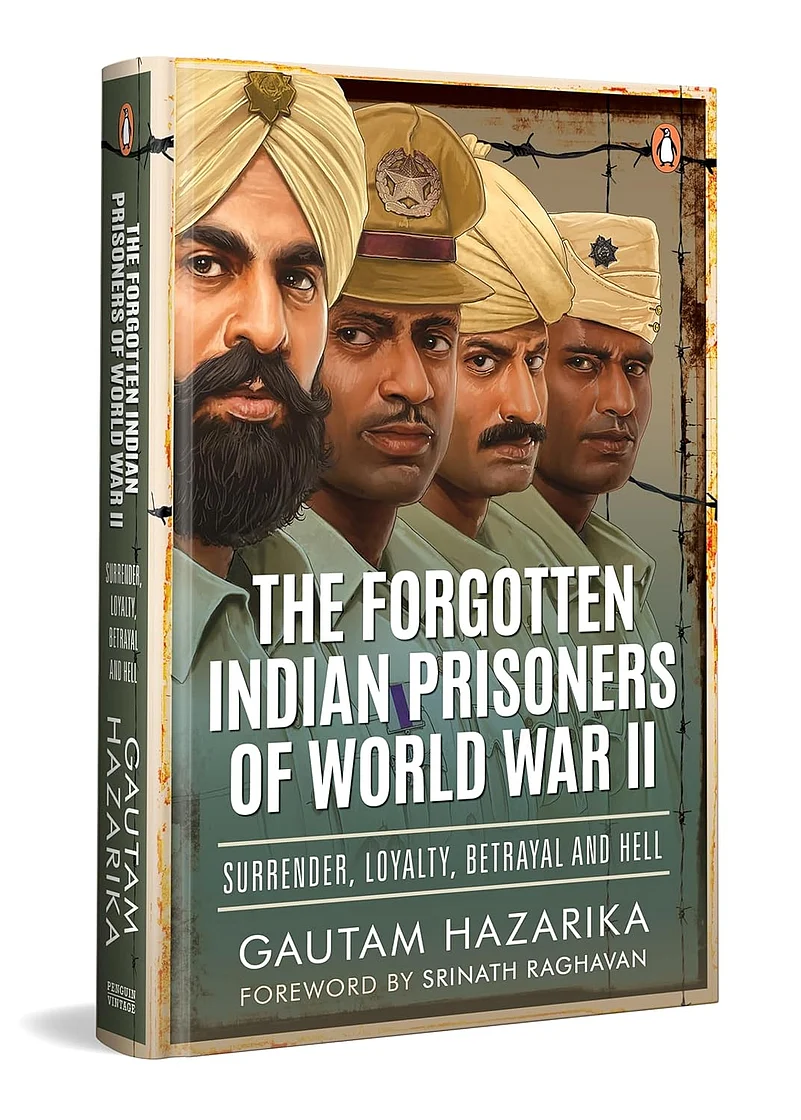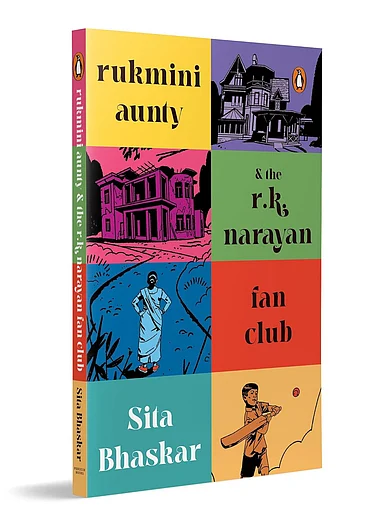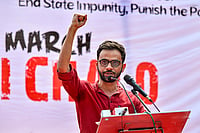
Gautam Hazarika’s book The Forgotten Indian Prisoners of World War II uncovers the overlooked experiences of Indian soldiers in WWII, tracing their dilemmas, sacrifices, and the harsh realities of life as prisoners of war.
The narrative traces the formation and evolution of the INA, and the soldiers caught in the middle forced to choose between serving the Crown during Raj and serving with the INA to help Japan.
Through extensive research and personal testimonies, the book highlights the human cost of war, honouring the thousands who suffered or died unrecognised and showing how their struggles fed into India’s independence movement.
While Britain was occupied with Hitler and his movements nearer home, Imperial Japan was quietly plotting to usurp the colonial power from its presence in the South Asian region in the early 1940s. After incapacitating the US fleet in Pearl Harbour, they proceeded to lay claim on the Malayan peninsula and Singapore, where the Royal Navy had its base. With a well-planned strategy, the Japanese managed to take control of Singapore, a country crucial to Japan’s own plans for regional dominance. Caught in the crossfire between the Eastern and Western forces were Indian soldiers.
Some were fighting the war on behalf of their allegiance to the Queen. Another section, those who were part of the Indian National Army (INA), were tied up with the Japanese, who assured them of support in helping fight and drive away the British from India.
World War II played an intense role in shaping the Indian independence movement.
The fact that 2.5 million Indian soldiers made up the largest volunteer army in recorded history mostly remains an offhand information in the overarching trajectory of stories about the war. In The Forgotten Indian Prisoners of World War II, Gautam Hazarika puts the spotlight on the bravery and difficulties faced by the Indian soldiers who were caught in the war for supremacy between the two powers in the thick of action during the time. In his book, the author commemorates the bravery of the men and women who took part in the war by talking about their hopes, dreams, and perspectives for fighting a war that was not really theirs.
In our minds, the INA is synonymous with Netaji Subhas Chandra Bose. Most would not be aware that the first INA was formed under the command of Captain Mohan Singh of the 14th Punjab regiment, who laid the foundation for the future INA to be headed by Netaji.
Hazarika starts off his book with this little-known factoid.
Japan received help and had soldiers from several nationalities as allied forces. And once the Japanese wrested control of Singapore from the British, soldiers of the Allied army faced the prospect of becoming prisoners of war. The British and Australian soldiers of the allied forces resigned themselves to their fate.
However, around 45,000 Indian soldiers in the Allied army had a difficult choice to make—whether to stay committed to their oath to serve the Queen and submit their lives to the Japanese or take the chance to join the INA, which had the support of the Japanese, ensuring freedom for them and a chance to fight for their motherland.
The book explains in great detail how the soldiers weighed their pros and cons and made their decision. Some felt that they had a good chance to escape and attempted it, but were caught, while some managed to get away and stay on as civilians in Malaya. Around 25,000 decided to join the INA, while another 15,000 were coerced through propaganda and threats. According to British sources, officially, only five officers were genuinely thought to have escaped and reached India.
Hazarika gives a detailed account of how Lt MM Pillai of the Royal Sappers and Miners, who joined hands with Lt V Radhakrishnan and Lt. Dr. Natarajan, moved from Singapore through Burma to India, facing incredible challenges. When the men finally reached the army headquarters in Delhi after braving riots, hostile locals, health and other problems, they became the first officers to return home and relay crucial information about the conditions in Singapore, Malaya, Thailand, and Burma.
Mohan Singh realised soon enough that the Japanese wanted to use the INA for their purposes.
As he took steps to move away from the Japanese, he knew there would be consequences and wrote out orders for disbanding the INA in case he was removed, giving clear instructions to destroy INA records. After Mohan Singh was arrested, the Japanese needed someone to lead the INA, and they put Rash Behari Bose in charge to lead the army. They realised the movement needed a more dynamic leader, and Subhash Chandra Bose was invited to Singapore. Netaji, who had fallen out with Gandhiji on how to oppose the British, took over the INA. Even though many did not join the INA immediately, his charismatic personality soon won him admirers and followers.
Believing that slogans were more important than action, Bose won people over with dreams of an independent India. He formed a ‘government in-waiting’ to the dismay of the Japanese. Calling it the People’s Government of Free India, he proclaimed himself the head of state, the Prime Minister, as well as Minister of war and foreign affairs. He also created a cabinet of ministers. Even as the INA did not have enough numbers to make any substantial impact, it triggered the emotions of the people and galvanised the call for independence.
The author’s in-depth research through archives, interviews, old letters, and accounts of survivors brings out the historical background to the efforts of Netaji and INA in their attempt to bring free India from its colonial masters. He not only talks about the leaders but also about the soldiers and the hardships they had to endure in lands far away from home, propelled by hopes about a better future. There are also stories of women and children who waited years for news about their loved ones, highlighting the turbulent times they endured outside of the battlegrounds.
The book showcases the fate of 10,000 Indian POWs who died in Japanese labour camps in Papua New Guinea. The two-month journey on ships so crowded that the men did not even have space to lie down. Provisions ran low, and they had to sometimes make do with just a single glass of water.
The conditions only worsened when they reached their destination, which led to many dying, unsung, and unrecorded. We also read about how the war crimes trials by Australia brought justice to the Indian prisoners of war, with the accused Japanese army men getting imprisonment and death sentences for their role in the inhumane treatment of prisoners.
Hazarika portrays the human cost of the war, its horror recorded in memoirs and letters of the soldiers like those by Warrant Officer John Baptist Crasta, Captain Dr. Patel, who was part of the first INA, the testimony of Jemadar Chint Singh, who had been sent to New Guinea as a POW, besides numerous other narratives.
In The Forgotten Indian Prisoners of World War II, Hazarika highlights the lesser-known stories of resilience during this tumultuous period. The book points out the sacrifices of the soldiers on the battlefield far away from home, as well as their families, and how this played a role in shaping the independence movement. Hazarika’s debut book is not just historical documentation; it is a tribute to the soldiers whose actions changed the course of India’s destiny.

























